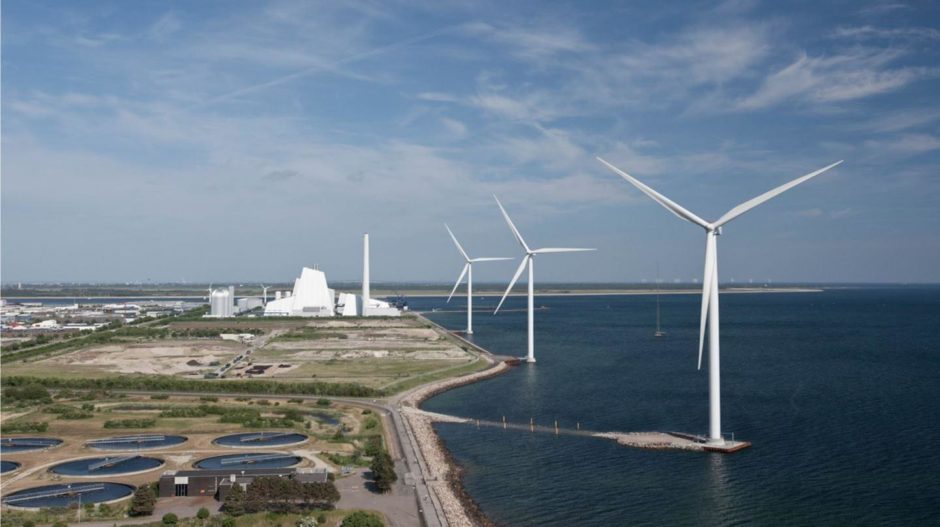
Ørsted has taken a final investment decision (FID) on its first renewable hydrogen project, with plans to launch the facility later this year.
H2RES, which will be located at Avedøre Holme on the outskirts of the Danish capital of Copenhagen, will use nearby offshore wind energy to produce green hydrogen.
It’s hoped the project will offer a path towards zero emissions for otherwise hard to abate sectors, something that the firm has said will be a “cornerstone” of the country’s decarbonisation plans.
H2RES will be powered using two nearby 3.6 MW offshore wind turbines and is expected to come on stream in late 2021.
It will have an installed capacity of 2 megawatts, allowing it to produce 1,000 kg of renewable hydrogen, which will be used to fuel road transport in Greater Copenhagen and on Zealand.
Over the past 18 months, Ørsted has partnered with different consortia in seven renewable hydrogen projects in Denmark, Germany, the Netherlands, and the United Kingdom.
Martin Neubert, executive vice president and CEO of Ørsted Offshore, said: “We see renewable hydrogen and other sustainable fuels as cornerstones in reaching net-zero emissions by 2050, and H2RES will contribute with key learnings to turn Europe’s ambitious build-out targets for renewable hydrogen into a new industrial success story.
“With the right framework in place that incentivises the shift away from fossil fuels, renewable hydrogen can decarbonise transport and heavy industry, which is paramount to creating a world that runs entirely on green energy.”
Anders Nordstrøm, vice president and head of Ørsted’s hydrogen activities, said: “Renewable hydrogen will be a cornerstone in achieving Denmark’s ambitious decarbonisation target.
“H2RES is an example of how public co-funding coupled with a committed hydrogen industry and ambitious offtakers can drive the decarbonisation of the transport sector.
“H2RES is a small but important step towards large-scale renewable hydrogen production, and it will allow us to demonstrate how offshore wind combined with onshore electrolysis can offer decarbonisation beyond direct electrification.”
Recommended for you

